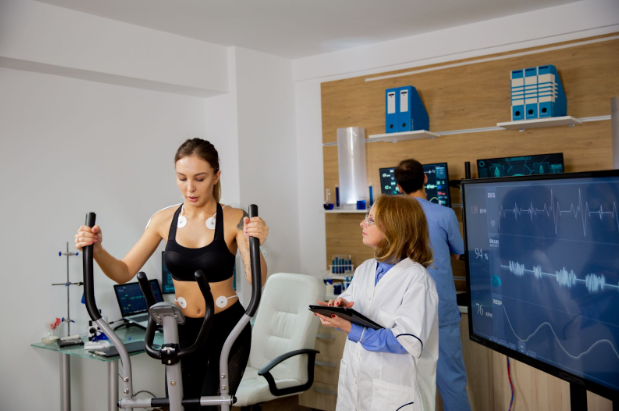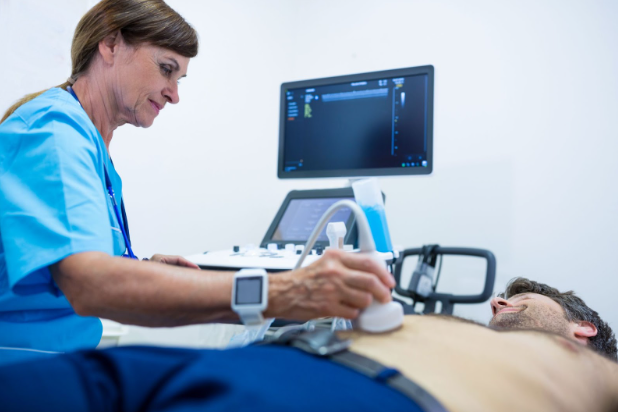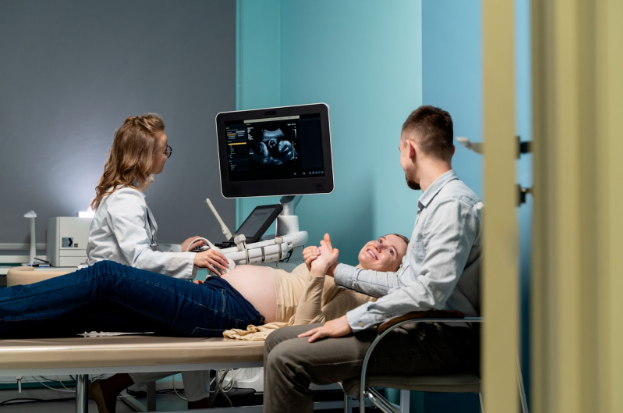Can Muscle Soreness Be Seen with Ultrasound?

Muscle soreness is a common phenomenon faced by members of physical exercise, particularly overexertion. Visualization and diagnosis of muscle soreness using medical imaging modalities has been a popular subject. Ultrasound imaging, as a always sought-after diagnostic tool, has become more relevant due to its non-invasive real-time assessment of muscles. This article investigates whether muscle soreness can be diagnosed using ultrasound, citing scientific research and outlining the most pertinent points to create an informative overview.
Understanding Muscle Soreness
damage of microscopic muscle fibers that initiates pain and inflammation. DOMS typically happens 24-72 hours post-exercise and is typically attributed to high-level or novel exercise.
Causes of Muscle Soreness
- Microtrauma to Muscle Fibers: Forceful exercise creates minute muscle tissue tears. Combining smart exercise with Fat-Burning Injections may help you achieve results while supporting recovery.
- Inflammatory Response: The body’s response is inflammation at the local site, and it leads to swelling and pain.
- Metabolic Waste Accumulation: Lactic acid and metabolites produce soreness and muscle fatigue

Ultrasound as a Diagnostic Instrument for Sore Muscle

Ultrasound scanning, or musculoskeletal ultrasound (MSKUS), is a useful imaging technique to visualize soft tissue anatomy like muscles, tendons, and ligaments. The method relies on the physics of high-frequency sound wave generation reflecting off tissues to produce real-time actual images.
Major Ultrasound Features in the Diagnosis of Muscle Soreness
- Increased Echogenicity: Inflammation secondary to muscle soreness appears as increased echogenicity (brightness) on the image.
- Muscle Swelling: Swelling of muscle and retention of water in sore muscles may appear as edema.
● Changes in Muscle Fiber Integrity: Mild muscle fiber disorganization with microtrauma produced by exercise is recognizable with ultrasound.
● Doppler Ultrasound to Detect Changes in Blood Flow: Power Doppler ultrasound is useful in assessing increased vascularization within sore muscle as an indication of an inflammatory reaction

Scientific References on Ultrasound for Muscle Soreness
A number of studies have investigated the utility of ultrasound in the identification of muscle soreness:
- A study by the Journal of Applied Physiology showed that ultrasound elastography was able to accurately measure muscle stiffness following eccentric exercise.
● In the study done by the American Journal of Sports Medicine, high-resolution ultrasound was confirmed to visualize inflammation of the muscles after exercise, as well as minor structural adaptations.
● A study in Skeletal Radiology found that shear-wave elastography (SWE) could determine greater muscle stiffness and reduced elasticity, which were associated with soreness.
Practical Uses of Ultrasound in Muscle Rehabilitation

Ultrasound is not only utilized in the diagnosis of muscle aching but also to quantify restoration as well as monitor the success of treatment. In addition, treatments like B12 Injections can naturally support muscle recovery and boost energy levels during rehabilitation. For some of its practical applications, they are:
- Athlete Monitoring: Sports teams also use ultrasound to track muscle health in athletes and avoid overuse injury.
- Rehabilitation Programs: Ultrasound is used to monitor muscle recovery in patients on physical therapy.
● Guided Therapy: Ultrasound is applied in some of the treatments such as ultrasound-guided injections and dry needling for muscle pain relief.
Conclusion
Ultrasound scanning is a valuable diagnostic aid to assess muscle soreness, owing to its ability to detect inflammation, edema, and stiffness of the muscles.Although not as detailed as MRI, ultrasound is a cheap and easily available means of investigating post-exercise changes in muscle. With newer technology, the use of elastography and Doppler methods through ultrasound will keep improving the ability to diagnose and monitor muscle soreness more specifically.
For more information about muscle recovery and health, check out JustLoseWeightMD.
